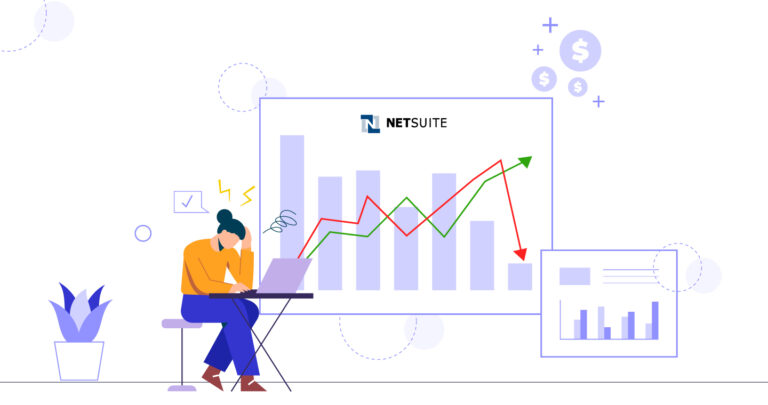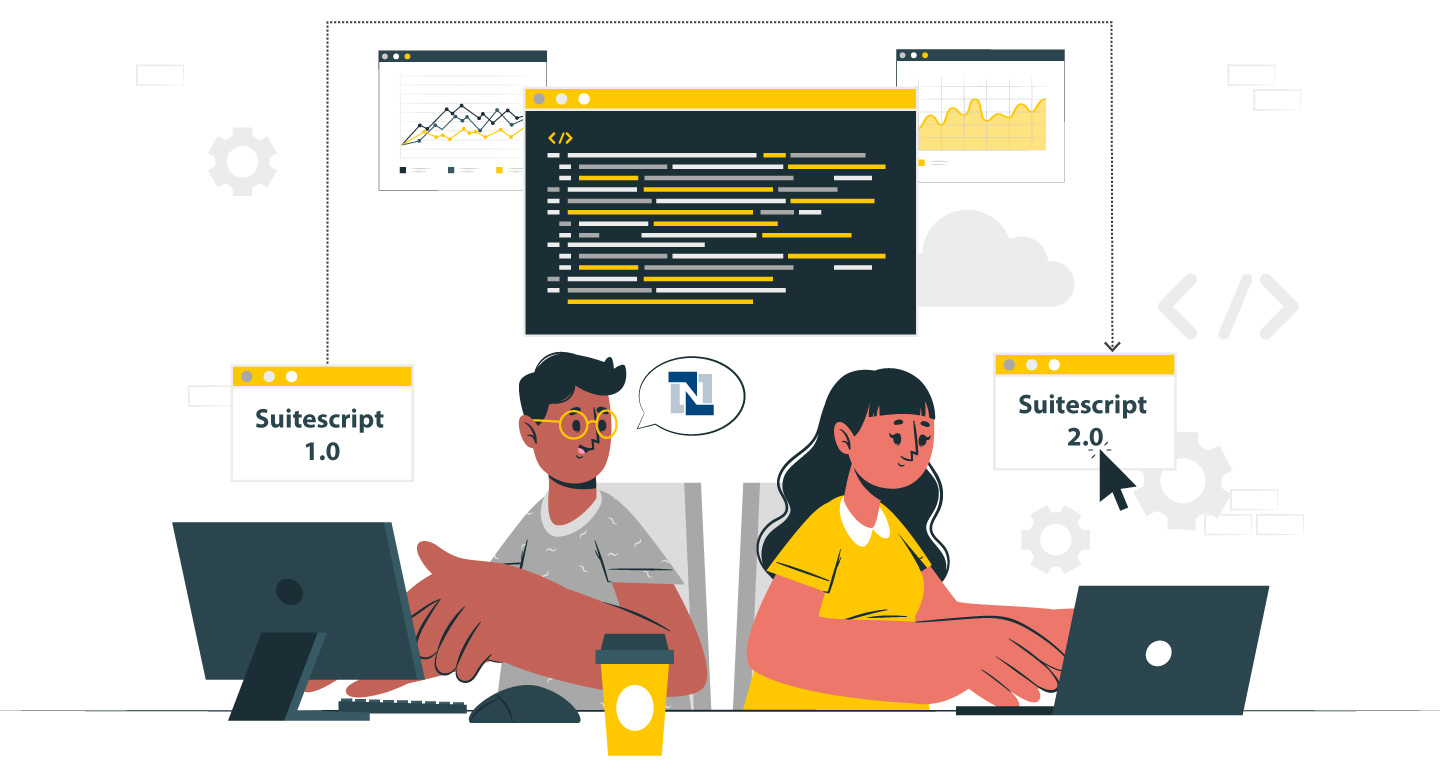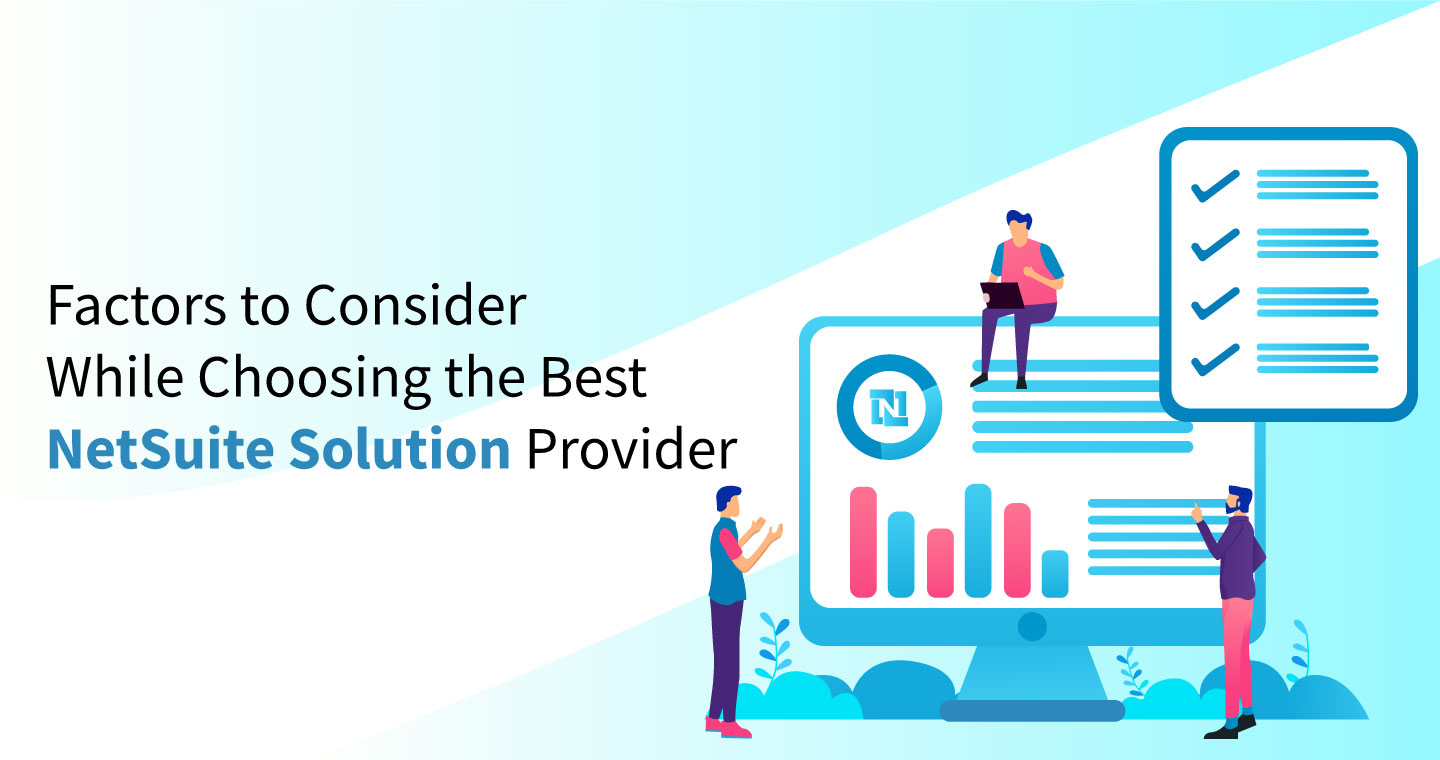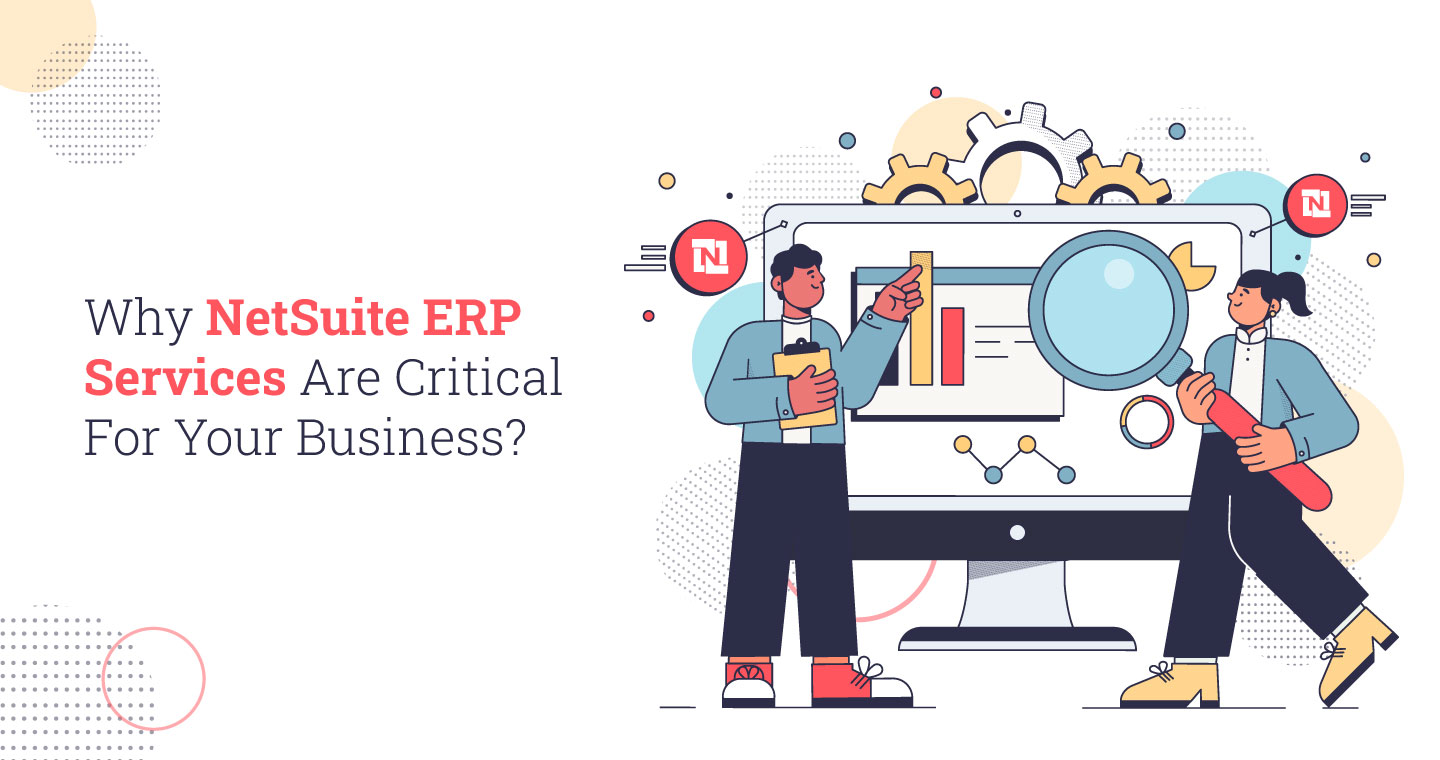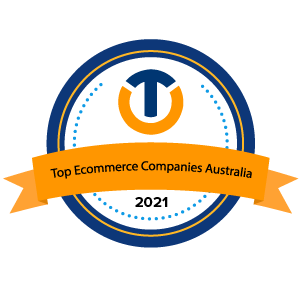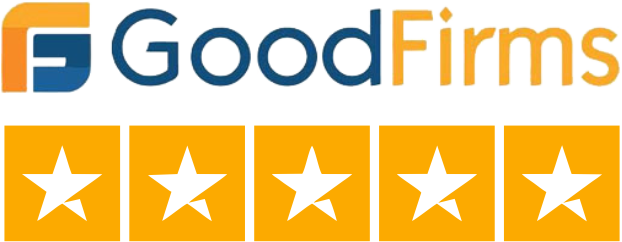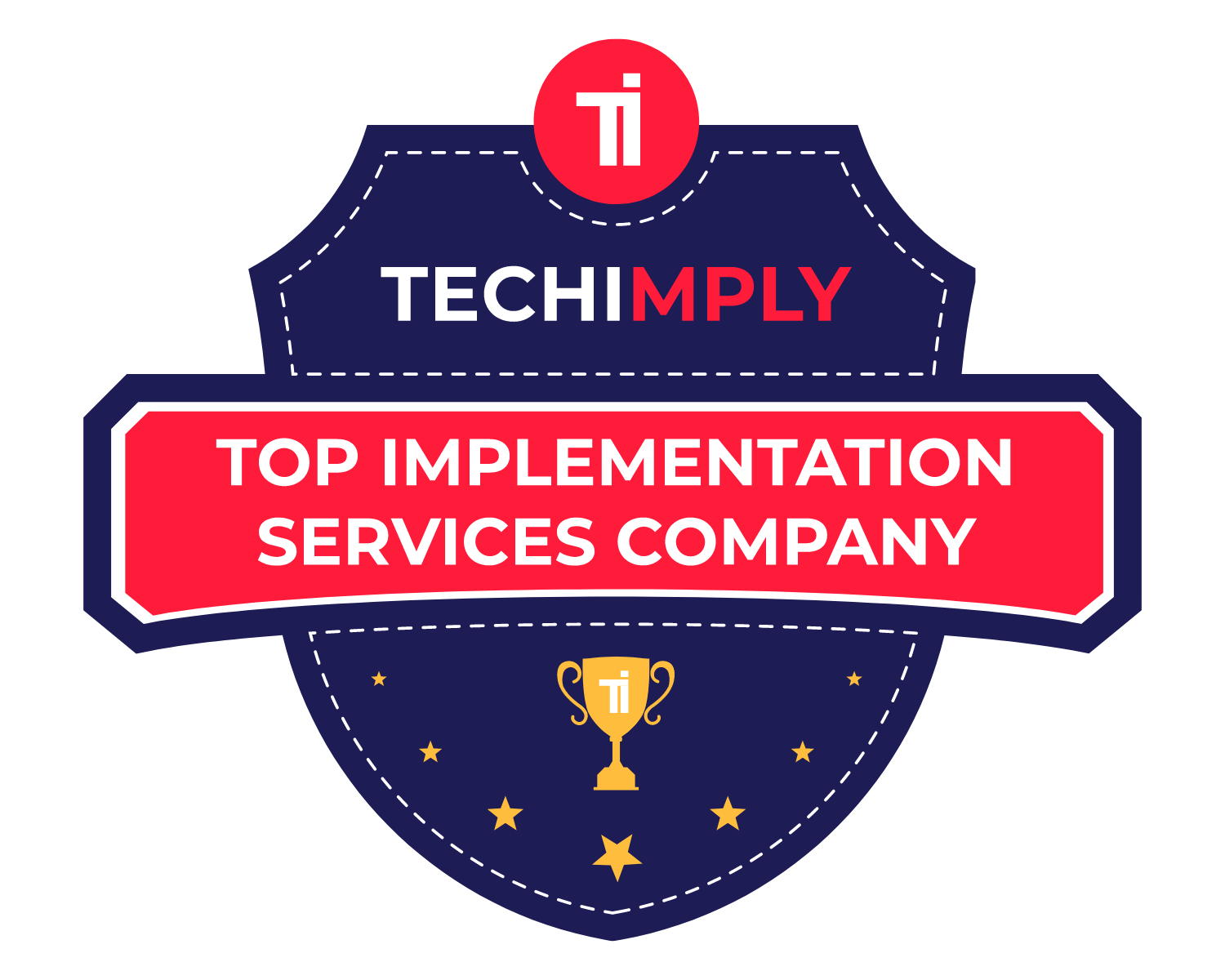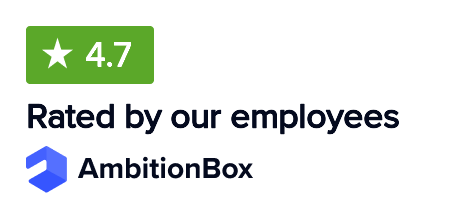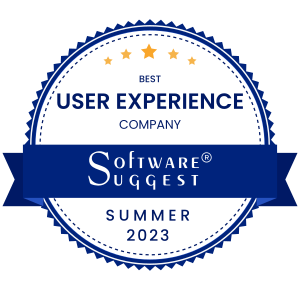There is no denying the fact that predicting demand is quite a challenging proposition for supply chain managers across the globe. What’s more, customers tend to possess an unclear idea about the things they would really want in the future. Moreover, a large number of organizations have short product cycle times.
In short, there exists a plethora of reasons behind the inefficacy to predict demand and optimize supply chains. In case you don’t know, demand planning is a cross-functional process. It assists businesses to comply with the demands of the customers. At the same time, with accurate demand planning, excess inventory can be easily avoided.
It can augment profitability along with customer satisfaction which would help your organization to be at the pinnacle of growth. When to use demand planning NetSuite is a common question asked by a plethora of supply chain managers. As a manager, if you are apprehensive about demand planning, you can go through to learn more.
That’s why supply chain managers should be of the idea that demand planning is a continuous procedure which always stays ingrained in your organization. Also, predicting future demand contributes to the implementation of well-informed decisions which takes your organization forward.
Forecasting demand also helps organizations for future course of actions by assessing the historical data along with the analysis of the trend patterns. How many times have you wondered to buy extra inventory to serve your customers seamlessly? To be precise, you don’t require a crystal ball to see the future of your business.
You need an ERP solution to facilitate proper demand forecasting. When the context is about demand forecasting, you just cannot ignore NetSuite ERP. NetSuite how to see its demand planning is one of the proper ways to implement a well-informed decision to optimize your supply chain. So with these things in mind, let’s take a glance at how NetSuite ERP can help prevent demand forecasting headaches.
Refrain From Using Outdated Business Systems
To be precise, the outdated business systems can make the future seem murky. Always remember that your business processes are rarely in a state of stagnation. The business procedures change, grow and adjust with the current market trends. There exists a variety of conditions which can impact business operations like seasonal or product trends.
These conditions usually make it difficult for business managers and leaders to plan precisely for the future. On the other hand, data present in spreadsheets along with manual data entry efforts can also be the main reason behind your inefficacy in implementing precise demand forecasting. In other words, you need a solution which would automate various processes at once.
With outdated business systems, there is always the risk of losing your data in the transfer process. When data gets transferred across departments, there is a great risk of data loss too. That’s why it is imperative to have a centralized dashboard through which every department in your organization can access and input data.
So as you can see, outdated business systems may be one of the primary reasons behind your inefficacy to implement correct business decisions. An ERP solution like NetSuite can also act as demand forecast software for the overall optimization of your supply chain.
NetSuite ERP Is An Ideal Option
Supply chain managers usually wonder about the types of demand forecasting while optimizing the whole process. But note that every order placed should be stored and recorded in the ERP solution. Moreover, all data, including the name of the customer, SKU, actual delivery date, etc. should be precisely documented.
Quite interestingly, you can make use of various mathematical models which come bundled within the ERP software. You can also have access to demand forecasting models available with the ERP solution. With NetSuite, you can easily determine which time of the year is busier than the others.
Always remember that with ERP, you can easily prepare demand forecasts on the basis of customers, geography, demographics, etc. When you are aware of the future events, you can better implement profitable decisions by considering various aspects.
Read More : Keep The Competition Away: Modernize Your Supply Chain Strategy With Cloud Erp Tool
The ERP Solution Also Acts As A Demand Planner
With NetSuite demand planning, you would be able to predict demand by capturing real-time data along with business intelligence. Analyzing data is not that simple when you are using disparate business systems. With NetSuite ERP, you would be able to access highly customized dashboards, visualizations along with charts.
On the other hand, the supply chain managers would be able to access personalized templates to fine-tune your supply chain. Moreover, they can also streamline data capture along with its assessment. Even the dashboards can be tailored to comply with the requirements of managers.
Furthermore, the sales managers can monitor the complete sales cycle from start to finish following the customer all along his/her buying journey. Also, NetSuite would also help with proper inventory forecasting. With an ERP solution integrated with your supply chain, there is no risk of spending extra.
You would be well-aware of the demand of your customers and can serve them on the basis of their requirements. On the other hand, the demand prediction feature involves comprehensive coordination among the various departments. And since it touches so many departments and processes, it is an important part that should be automated.
An ERP solution helps you automate this component and streamlines the entire process of demand forecasting. With demand planning in NetSuite, you would be able to serve a large number of customers without thinking of your inventory going out of stock.

Conclusion
From the points as mentioned above, it is quite clear that you have to opt for NetSuite ERP implementation service to fine-tune the process of demand forecasting. With NetSuite deployed and integrated with your organization’s supply chain, it would be easy for you to manage individual customer demands. At the same time, you would be able to monitor and measure data and recognize the opportunities to reduce costs and improve the overall productivity of your organization.
